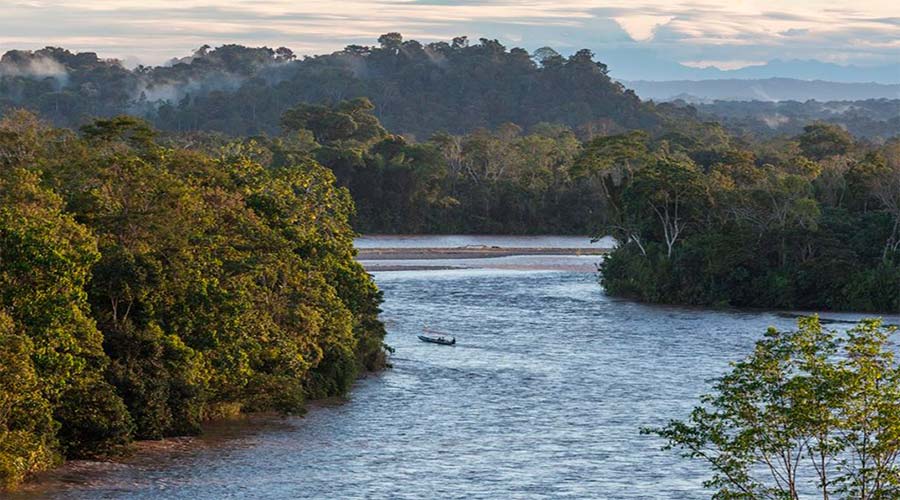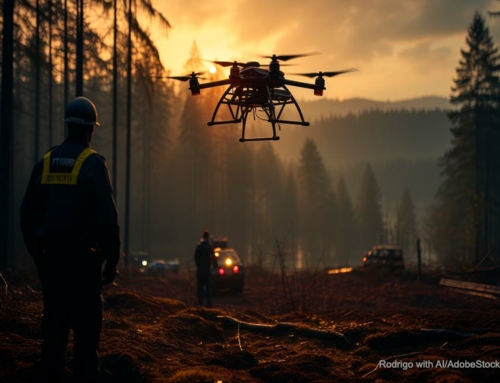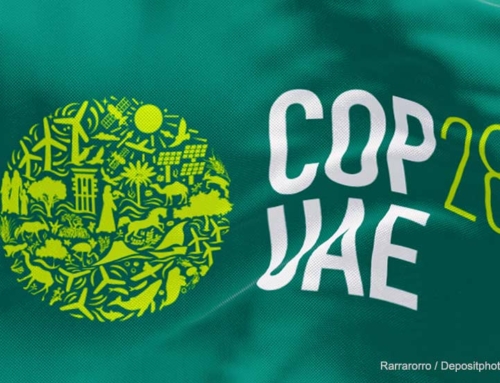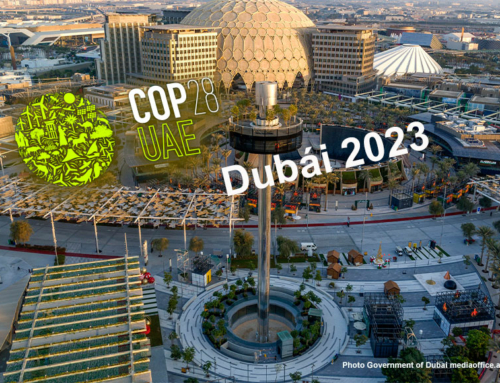Source: Amazonia Gallery
A few months after we published this article, in March 2019, the fires in the Amazon rain forest happened. A tragedy whose consequences have not yet been quantified. The circumstances that motivated our writing a year ago are more valid today than then. For this reason, we consider it useful to replace it again on the occasion of the “International Day of Forests 2020. Forests and Biodiversity: To precious to lose”.
What happened in Borneo for two decades has made hostile deforestation not a matter of science fiction. The consequences suffered by their forests leave no doubt, theories, speculations or denialist thesis. There are no doubts about its causes and sources. What happened on the third largest island on the planet, shared by Indonesia, Malaysia and Brunei, is an accomplished fact, the hardest evidence belonging to the real world. Read about Kalimantan and you will have a new idea of the world.
The Borneo case must have been a reference for a long time in terms of forest deforestation. The rainforest of Southeast Asia is proof of the damage that irresponsibility, corruption and human power can produce. It is amazing that humankind ignores the Borneo case and allows it to be repeated, as is happening in the Amazon, the largest and most exuberant rainforest on the planet, and also in other forests.
Anyone who does not know about the Kalimantan case does not have the slightest idea of what awaits South America if the deforestation of the great rainforest is officially authorized. This is what has been promised by the newly-inaugurated president of Brazil, the country that owns two thirds of the Amazon. If these promises become reality, we could see significant advances to the effects of climate change, until now estimated by science between 40 and 60 years.
Knowing what happened in Borneo, we can expect a similar environmental catastrophe in the Amazon, but of much greater proportions, probably of global scale. The Amazon crisis would result in the end of water cycle and as a result of evaporation, the production of clouds and rains. The finish of humidity in the rainforest and its areas of influence, such as the Andean mountain range and the Argentine Pampas, would bring therefore seasons of unknown droughts.
Simultaneously with the deforestation of the forest, if we rely on the experience of Kalimantan, the cleared spaces would be used mainly for the planting of soybeans, oil palm, cutting of trees for the wood industry, cattle breeding and the urbanization of the forest. But before the deforestation remains removed, the method most used is the burning of plant waste due to to low cost. These fires, supposedly controlled, in practice often go out of control and spread over large areas. These intentional burning continued for decades in Borneo, while deforestation ended, which has not over.
The increase in deforestation in the Amazon would produce devastating fires like those that occur almost every year in Australia, California and Chile. The surface of the Amazon rainforest is ten times greater than that of the Asian rainforest and therefore its area of influence is also much greater. In the scenario that sights the disaster would reach the three American subcontinents. In this case South America, Central America and North America would attend an acute reduction of rainfall, decrease in the flow of their rivers and shortage of drinking water. The chains of fires could spread from Brazil to Patagonia in the south and to Canada in the north, obviously passing through the Central American countries. In this broad band, which crosses both hemispheres, tens of thousands of lives, homes and animal and plant species could be lost.
The so-called lung of the world has among its functions the ability to extract large amounts of carbon dioxide from the atmosphere. The combination of massive felling of trees with the proliferation of smoke from fires would increase the greenhouse effect and global warming.
The Amazon has about seven million km2. It is twelve times the size of Spain. The gigantic rainforest could be settled thanks to its wetlands and marshes. It has 80 thousand kinds of trees, 140 thousand species of plants and 20% of the other species of the world, which makes it the creditor of the greatest biodiversity on Earth.
Embedded in its forests, like a great snake, the Amazon River crosses from side to side the widest part of South America. It is the longest and largest torrent on the planet, with 15% to 20% of the total freshwater reserves in the world.
The surface of the forest has been reduced by 20% since deforestation began in 1970. In just 50 years the fifth part of the work that nature took to build with patience for millions of years was gone. In some parts of Brazil, deforestation exceeds 40%, as is the case of the Rondonia region. Between 2000 and 2013, Peru lost an average of about 110,000 hectares of forest per year, equivalent to seventeen football fields per hour.
Has the Amazon rainforest been declared a world heritage site? In 2011 it was declared as one of the seven natural wonders of the world, but as a natural good in its entirety not yet. However, certain areas, highlighted by their majesty and beauty, have been. This is the case of the Angel Falls, the highest waterfall on the planet, located in the Canaima National Park, Venezuela, was declared a World Heritage Site by Unesco in 1994.
However, due to its size, functioning and regulatory capacity of the planet’s climate, the Amazon is a world heritage site in fact, which should prevent unilateral decisions of governments on the fate of the forest, since they would be betting no less than the life on Earth.
The Amazon is shared by nine countries. By order of largest to smallest area are: 1. Brazil, 2. Peru, 3. Colombia, 4. Venezuela, 5. Bolivia, 6. Ecuador, 7. Guyana, 8. Suriname, 9. French Guiana. Brazil has about 65% of the total, Peru 11% and French Guiana just 1%.
Are these nine countries the owners of the Amazon? Of course, since everything that is within the territories of a country belongs to it. In the case of the Amazon rainforest, which accidentally is within its limits, should act responsibly and instead of allowing the hostile felling of their trees, they would have to assume the functions of forest rangers at the service of humanity and ensure the preservation of what is found in their territories.
Can one or several governments of these nine countries have the future of life on Earth? It seems that yes, although it should not be in this way, for everything said above.
Can the destruction of the Amazon jungle be prevented? So far it seems that no. Deforestation countries allude to national sovereignty whenever they feel that any institution, organization or other entity makes a report or tries to stop the destruction.
Sandor Alejandro Gerendas-Kiss







Leave A Comment